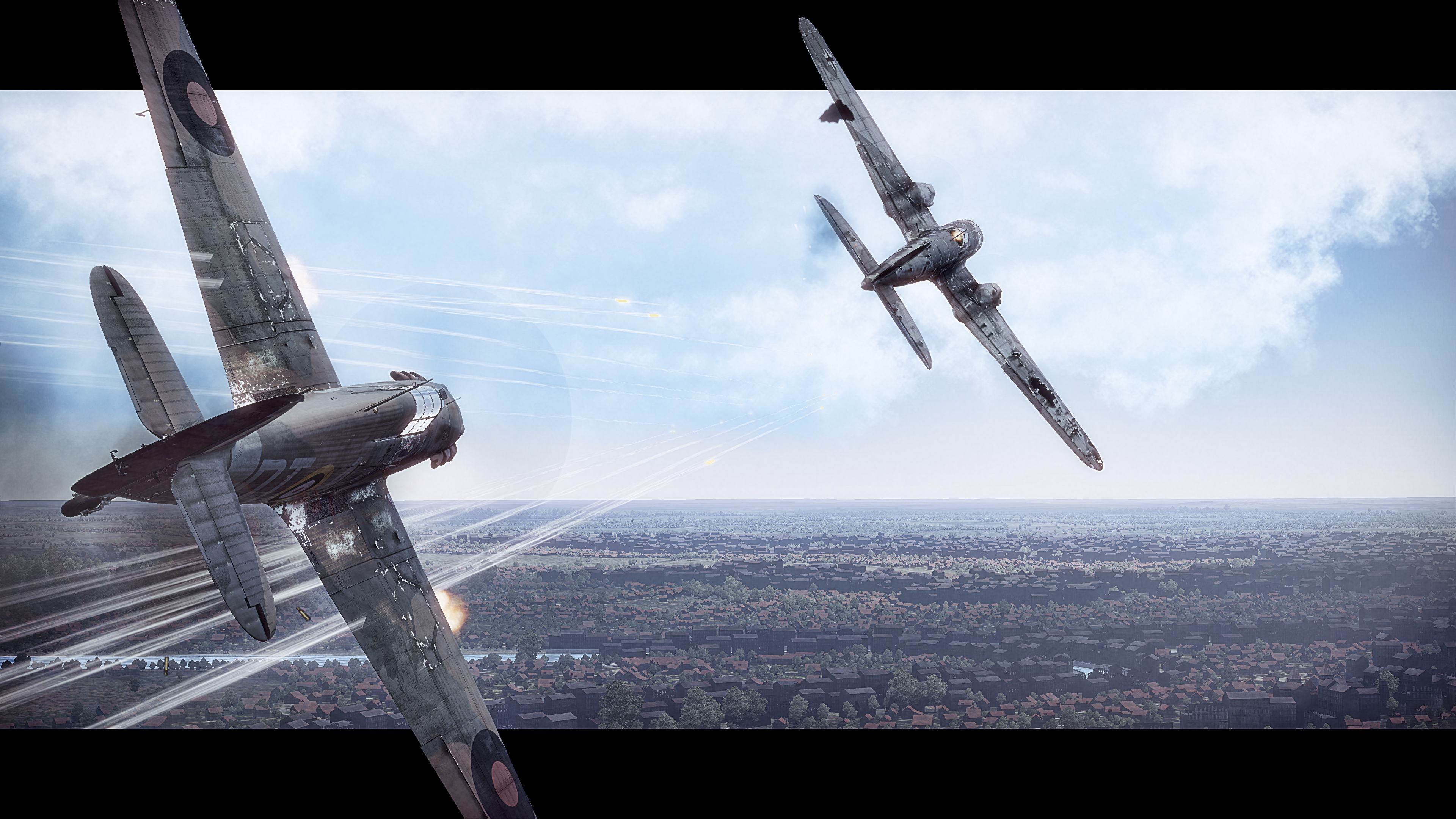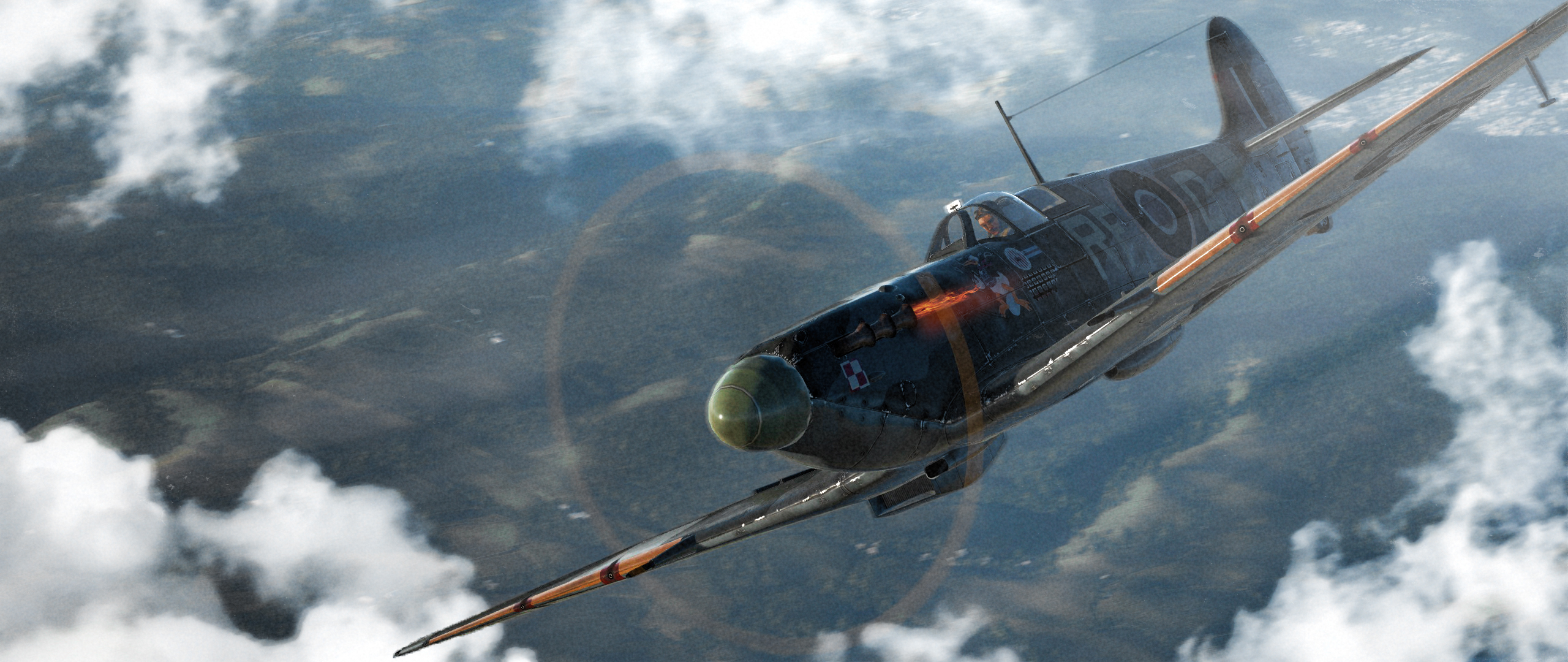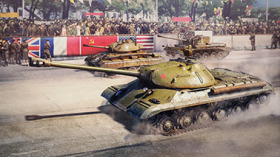
- For PC
- For MAC
- For Linux
- OS: Windows 7 SP1/8/10 (64 bit)
- Processor: Dual-Core 2.2 GHz
- Memory: 4GB
- Video Card: DirectX 10.1 level video card: AMD Radeon 77XX / NVIDIA GeForce GTX 660. The minimum supported resolution for the game is 720p.
- Network: Broadband Internet connection
- Hard Drive: 17 GB
- OS: Windows 10/11 (64 bit)
- Processor: Intel Core i5 or Ryzen 5 3600 and better
- Memory: 16 GB and more
- Video Card: DirectX 11 level video card or higher and drivers: Nvidia GeForce 1060 and higher, Radeon RX 570 and higher
- Network: Broadband Internet connection
- Hard Drive: 95 GB
- OS: Mac OS Big Sur 11.0 or newer
- Processor: Core i5, minimum 2.2GHz (Intel Xeon is not supported)
- Memory: 6 GB
- Video Card: Intel Iris Pro 5200 (Mac), or analog from AMD/Nvidia for Mac. Minimum supported resolution for the game is 720p with Metal support.
- Network: Broadband Internet connection
- Hard Drive: 17 GB
- OS: Mac OS Big Sur 11.0 or newer
- Processor: Core i7 (Intel Xeon is not supported)
- Memory: 8 GB
- Video Card: Radeon Vega II or higher with Metal support.
- Network: Broadband Internet connection
- Hard Drive: 95 GB
- OS: Most modern 64bit Linux distributions
- Processor: Dual-Core 2.4 GHz
- Memory: 4 GB
- Video Card: NVIDIA 660 with latest proprietary drivers (not older than 6 months) / similar AMD with latest proprietary drivers (not older than 6 months; the minimum supported resolution for the game is 720p) with Vulkan support.
- Network: Broadband Internet connection
- Hard Drive: 17 GB
- OS: Ubuntu 20.04 64bit
- Processor: Intel Core i7
- Memory: 16 GB
- Video Card: NVIDIA 1060 with latest proprietary drivers (not older than 6 months) / similar AMD (Radeon RX 570) with latest proprietary drivers (not older than 6 months) with Vulkan support.
- Network: Broadband Internet connection
- Hard Drive: 95 GB
Welcome to the Community Corner!
We here at War Thunder are proud and happy to have such an active and creative community to support and enjoy the game with us. With our Community Corner feature, we want to highlight some of the amazing masterpieces that the players of War Thunder are creating, uploading and sharing with fellow pilots and tankers every day.
For the next article in the Community Corner, we are very pleased to present to you the fifth episode in a series about the "303 Squadron", created by Ares28. With hundreds of hours of work put into it, more than fifty actors, amazing shots, breathtaking special effects and sound, this series indeed deserves a special mention from us. Great job! If you liked the video, don't forget to leave a thumbs up and to subscribe to his YouTube channel.
If you are interested to learn more about the Polish Air Force, get to know their pilots and staff, hear about their experiences, adventures and stories, you might want to follow this series. As it is only the first episode, the author will introduce further episodes every first Saturday of the month. For more info, check out the creator's Facebook group.
In an aerial engagement, the advantage is not always held by the pilot who has faster and better armed aircraft. The greatest weapons are neither machine guns, nor cannons or even reliable aviation engines. The most important are the very eyes of the pilot.
The fighter must see the enemy first, quickly judge the ever-changing situation in chaotic dogfight and recognize in a flash where imminent danger could come from. He must know when to shoot and when to make a hasty retreat and flee. Quick identification of an enemy plane and then a confident, purposeful attack — it is the only way to survive in an aerial hell.
A fighter pilot must not allow himself to shoot “for show” from a large distance, as much better results could be achieved by coming as close to the enemy plane as possible, and then shooting the adversary down with well-aimed burst. The Polish pilots tried to employ that very tactic from their first days in the skies over Great Britain. The aviators complained about the convergence of the machine guns on their Hurricane fighter planes. As per the recommendation of the RAF, the convergence distance was set to 360 meters, which hindered the ability to hit vital parts of enemy planes when shooting from a close distance. When Ronald Kellet ordered to change the convergence by setting it to only 200 meters, the fighters from Squadron 303 were able destroy the Luftwaffe’s fighters even more effectively.
Even though the sight and the situational awareness of certain pilots were truly extraordinary (“After the fight he mentioned so many details it was mind-boggling. He saw everything that happened and what each of us did.” — that is how Witold Urbanowicz was remembered by one of the American airmen), the misidentification of an aircraft in close proximity could decide the fate of its survival or death quite often.
This was precisely what occurred on September 3rd 1940 to John Kent, whilst pursuing a Messerschmitt Bf 109, he failed to identify the aircraft closing in from his right and believe it to be his wingman. It was in fact not his wingman, but a German pilot who had joined the fight. The mistake nearly cost the Canadian aviator his life, however fate treated him kindly, as he had a guardian angel, Jan Zumbach, who managed to fend off the enemy.
There were of course, many examples of similar mistakes. As far back as the September Campaign in 1939, Marian Pisarek accidentally shot down a polish PZL P.23 Karaś light bomber. But the incorrect identification of aircraft was not always due to the pilot’s lack of attention. Propaganda also played an important role in misleading enemy soldiers and intelligence from the beginning of the war. During the fights in September 1939, the Germans were surprised by the Polish planes they fought against. The heavily armed PZL P.24 they heard about during training was never encountered in combat, only the older and significantly weaker PZL P.11.
Likewise, during the Battle of Britain, similar mistakes occurred. Many allied fighter pilots, among whom, Czech ace Josef František, claimed to have shot down a Heinkel He 113 when it was in fact a Messerschmitt Bf 109. How was it that such an aircraft could find its way into after action reports by experienced pilots? It was a product of the German propaganda machine, aimed to weaken the morale of the defenders of Great Britain.
From their perspective, the Heinkel He 113, also known as Super Verfolgungsjäger (super pursuit fighter), posed so much of as threat that engagements against it was prohibited. Many publications and identification tables based on German photographs only served to increase the sense of insecurity. It was only after the war, the Allies realized that the He 113 never existed and was in fact only mocked up by repainted prototypes of He 100 fighter that was never mass series produced. The planes were photographed on many different airfields in order to create the impression that this new weapon of the Luftwaffe will appear over Great Britain soon.
This is how one of the many the aviation myths, that described a wonderful, incredibly fast and dangerous aircraft, that would bring the victory to the Third Reich was busted. Nowadays, the effect of deception created by propaganda is widely known, but during any conflict, fear and uncertainty may be equally as dangerous as bombs and shells.
The War Thunder Team






Comments (13)
great job! nice video! =)
The dogfight sequences are really good. Good job!
GG Ares! Keep up good work!